
EVE New Grade A Eu Stock LFP Battery LF280K Lifepo4 Battery 8000 Cycles 3.2V 280Ah Battery Cells For Boats Electric Vehicles

Factory Price Customized Rechargeable Lithium Polymer Battery Cell 3.7v Li-Polymer Batteries 3.8v Lipo Battery


Polymer Battery Lipo Battery 313437 3.7V 400mAh Lithium Iron Bateria 7.4V 11.1V 12V 14.8V 100mah 200mah 300mah 500mah 600mah 700mah

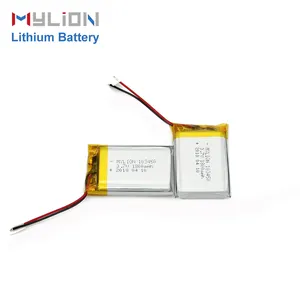
Mylion Factory 3.7v 7.4v Mini Lipo Battery With Pcb Lithium Polymer Battery 3.7v Lipo Cells Headset Battery


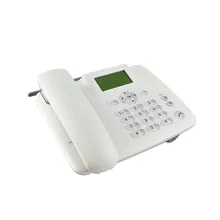



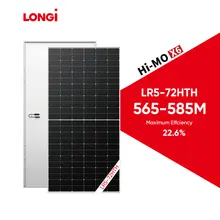



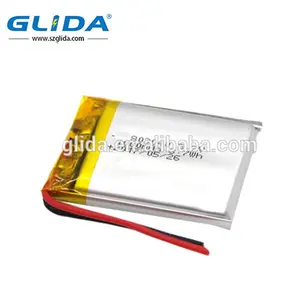
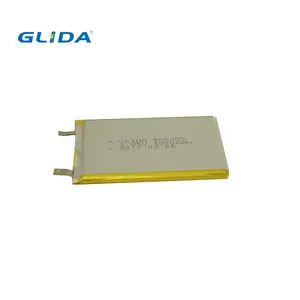






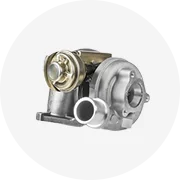









 浙公网安备 33010002000092号
浙公网安备 33010002000092号 浙B2-20120091-4
浙B2-20120091-4